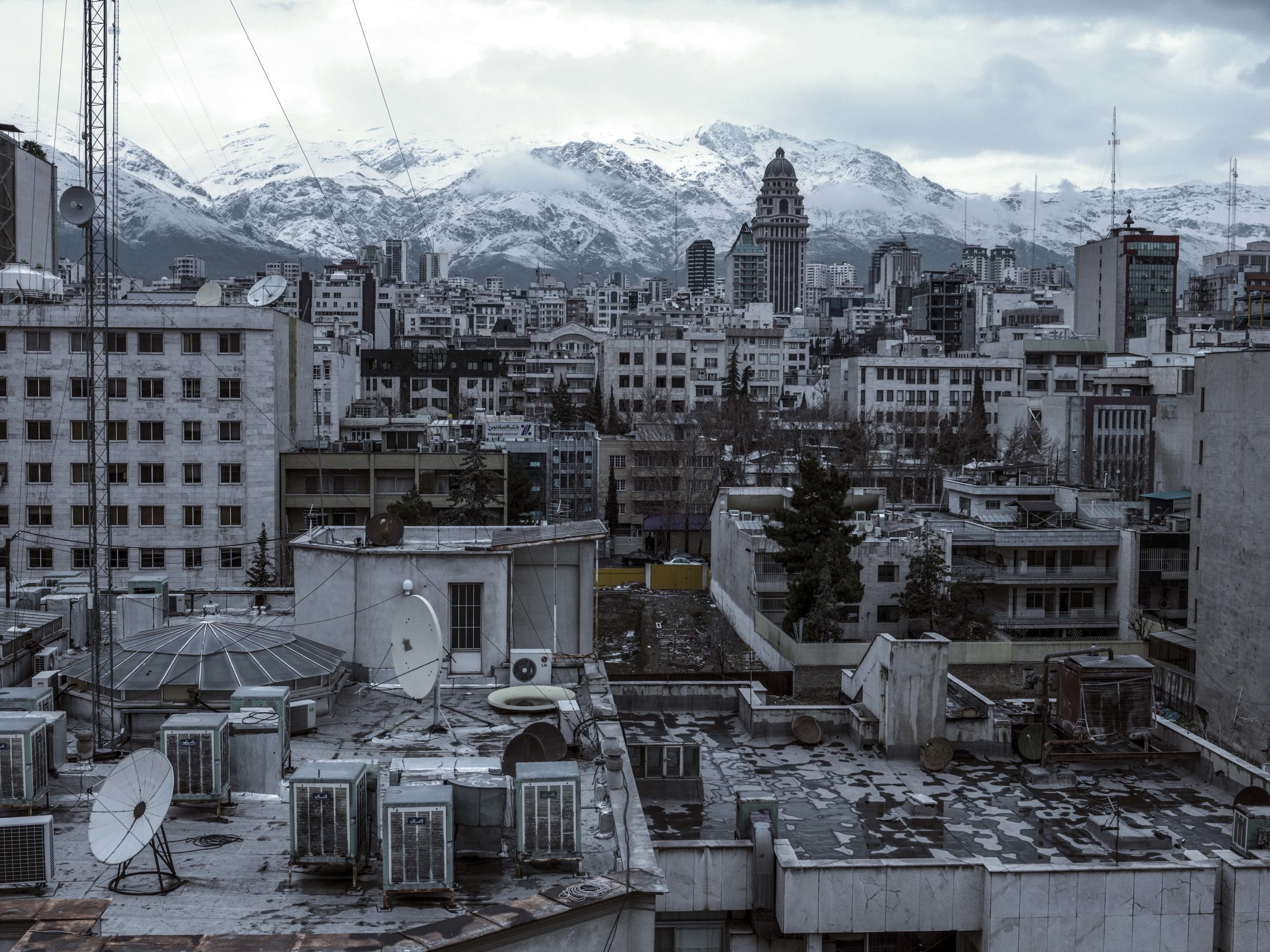“Under these circumstances, the foundation made the difficult decision to postpone the project rather than accept such a change, which it felt would have distorted the award’s mission without necessarily guaranteeing the safety of its winner.
“Once the award was announced, the government has put the laureate and her family under severe pressure. In order to protect Newsha Tavakolian and her family, the Carmignac Foundation has decided to adjourn the exhibition, initially planned for November in Paris and thereafter in Italy, Germany and the UK.”

Despite their continued support of Tavakolian, it was a badly advised move. She responded: “As far as I can see, this statement is a natural continuation of the persistent attitude I have encountered at the Carmignac Foundation, namely to err on the side of controversy. All presumptions in this statement are absolutely false, and laughable. I am not in any way under threat, at least no more than other journalists who are in Iran.”
“I am not a delicate flower,” Tavakolian told the New York Times. “I just want to take responsibility for my own work. Defend myself? I can. But if someone else paints me into a corner, how can I defend myself?”
The Carmignac Foundation, to give them their due, realised they were playing a losing game. Allegedly heated discussions took place between the foundation’s jury and Édouard Carmignac, resulting in a new set of prize rules. The jury president, it was decided, would in future serve as the curator of the winning photographer’s exhibition. Carmignac’s power was superseded to his jury.
Tavakolian’s exhibition and book was to be entrusted to Sam Stourdzé, the new director of Rencontres d’Arles, and the Iranian gallerist and jury president Anahita Ghabaian Ettehadieh. She accepted the decision, saying: “The foundation has taken a major step forward. All that I’ve asked is for my artistic freedom to be respected. I believe the planned changes will be beneficial both to me and to future winners of the prize.”
Her statement was made: this photography series matters, she was saying, for hers is an invisible generation. Not lost, but unspoken, unrepresented. “When I started in photojournalism as a 16-year-old high school dropout, I made it my goal to explain Iran,” she says. “To convince outsiders that the country and my generation are now how they are often perceived to be. Now, what matters to me is that this work communicates the feelings some have here in Iran. These images will not change anything, nor will they help anybody. What I hope is that they visualise a generation marginalised by those speaking their name.”
Carmignac Photojournalism Award: A Retrospective, organised by the Fondation Carmignac, runs from 18 November to 13 December at the Saatchi Gallery, London.
See more of Newsha’s work here.
